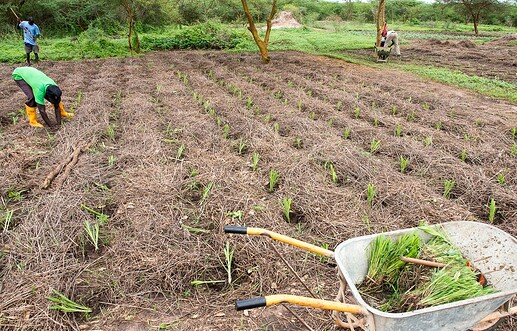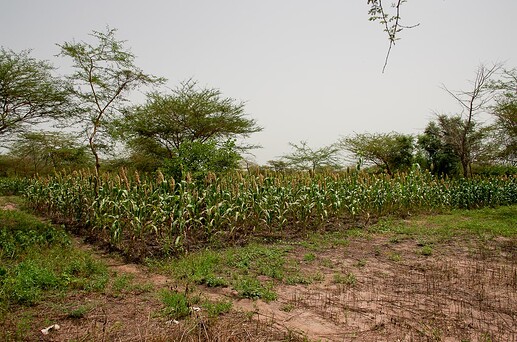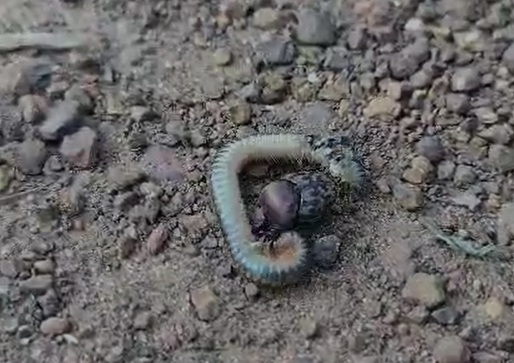Hey,
I agree with Dan on a bunch of things.
It’s true that carbofuran is particularly dangerous… And was banned some years ago in the USA and other countries but it would of been in wide use when many of us were younger.
Are there other chemicals available that would do the trick? Could you ask the local agronomist for alternative products that are available there.
I would highly recommend:
-appropriate ground prep if affordable and available.
-using a seed treatment - this is standard in conventional agriculture in the West, generally cheap and easy. In West Africa, one can treat 1 hectare of seed for about 50 cents USD.
-spraying a product to kill them… As it sounds like infestation levels will not be satisfactorily controlled just with seed treatments. Whether Carbofuran (carefully, knowing the risk) or a different one. Here you have choices… Many in the West would spray products under the plant line by using using a sprayer that sprays product down the slot while planting.
If planting by hand you could spot spray the planting holes before adding the seed.
I am not “anti” conventional agriculture. Thanks to seed treatments and chemical products many countries can feed their populations and even export food.
I encourage anyone working in agriculture to ask them self if it isn’t hypocrisy to eat a bowl of cornflakes, enjoy popcorn during a movie, oatmeal in the morning, pizza or fast food when travelling and in general not only eat organic and then encouraging other who struggle to feed their families to only rely on organic methods.
In other words I encourage people to use the tried, tested successful techniques used in many countries to help people. Let’s share and export what works best.
Organic many not be a luxury people can afford. Most food in developed countries - and certainly anything not labelled as organic served in restaurants and the like will have been grown using crop protection products.
Corn and soy farmers in the States and other more developed countries can achieve amazing yields compared to developing nations, let’s not knock conventional farming. A challenge for development workers is often to know, given the restraints and differences in context, labour, finances, tools what things are the most economic and beneficial to promote or solve a problem. Give the most bang for the buck, acceptable, achievable…
May God give you wisdom as you help them with millipedes!
P.s do they grow millet too? Sorghum is often more susceptible to root pests as it has fewer but larger roots than millet. Millet also tillers more and so can compensate for damage to stalks or heads more. Peanuts are particularly susceptible as they have 1 main taproot and if something’s comes along and munches on it they will generally die.
Do they practice crop rotation? Encouraging diversification might be a thing. You know, don’t put all your eggs in one basket…
Ecclesiastes 11:2
Give a portion to seven, or even to eight, for you know not what disaster may happen on earth.







